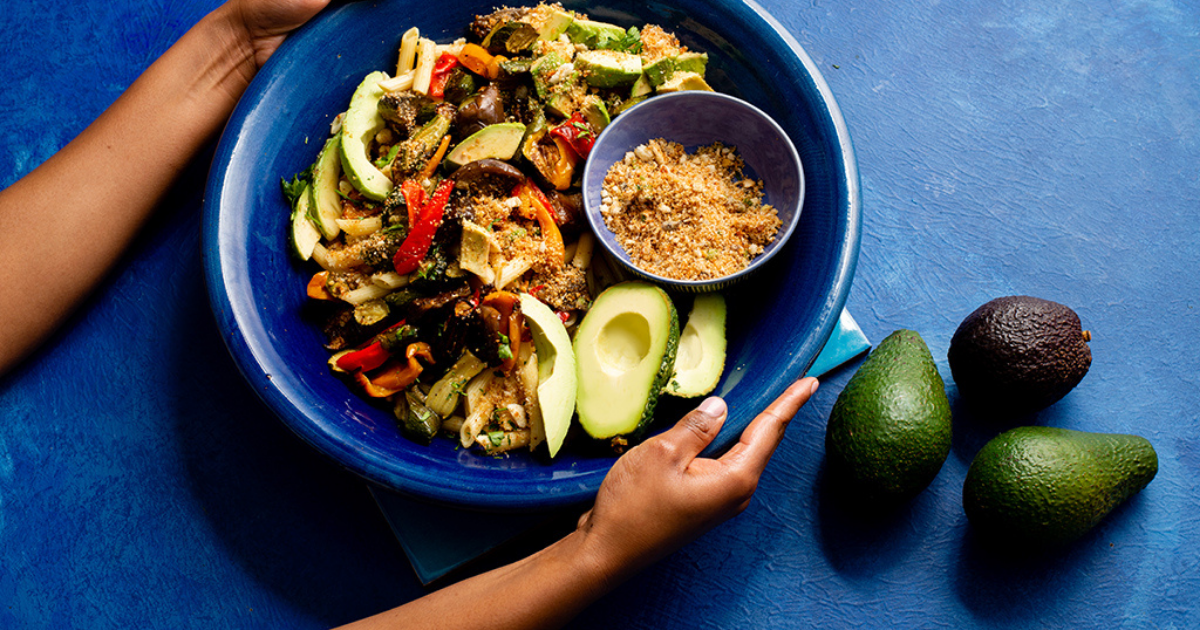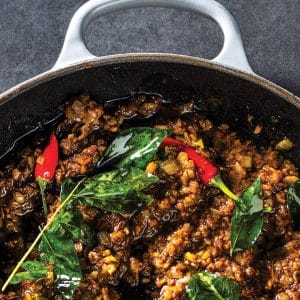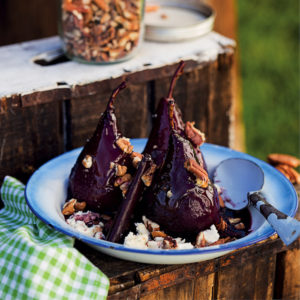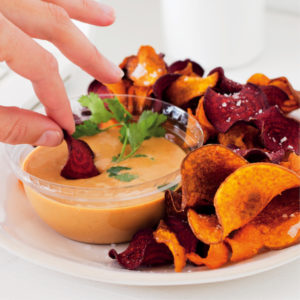Green and dark-skinned avocados are available in South Africa almost all year round and the good news is that whichever colour avo you choose, they’re all equally delicious and nutritious!
The buttery, creamy green-skinned avo varieties Fuerte, Edranol, Ryan, Reed and Pinkerton are available from March until October, and the rich, nutty dark-skinned Hass, Maluma Hass and Lamb Hass from March until November.
Remember that green-skinned avos remain green when ripe, while the dark-skinned avos turn purple-black when ready to eat. Even though avocados may vary in colour, shape and size, they are all a source of nutrients and can be included as part of a healthy eating plan.
When it comes to getting creative in the kitchen, dark-skinned and green-skinned avos shine equally brightly, as there’s no end to their uses in snacks, light meals, starters, main meals, desserts, bakes and even sweet treats.
So, no matter what you’re planning for your next meal, add an avo – green or dark – for double the deliciousness!
For further information and avo recipes, visit www.avocado.co.za, like @iloveavocadoSA.co.za on Facebook and follow @iloveavossa on Instagram.
Amagwinya with Avocado, Bacon & Chakalaka
Makes 8
Preparation time: 1½ hours with proofing
Cooking time: 15 minutes
Ingredients:
250 ml (1 cup) lukewarm water
1 x 10 g packet instant yeast
500 g (3 cups + 2 tbsp) cake flour
5 ml (1 tsp) salt
30 ml (2 tbsp) sugar
About 2 litres (8 cups) vegetable or canola oil, for frying
1 ripe avocado, peeled and stoned
200 g (1 pkt) bacon, optional
45-60 ml (3-4 tbsp) chakalaka
Method:
1. Pour 250ml lukewarm water into a small jug and sprinkle over the yeast. Leave the mixture for a few minutes until foamy. In a large bowl, combine the flour, salt and sugar. Pour in the yeast liquid and stir to combine. If the dough is very stiff a little more water may be required. Add lukewarm water to the dough in small amounts, mixing after each addition, until a soft but not sticky dough forms – similar to bread dough.
2. Place the dough in an electric mixer and use the dough hooks to knead until the dough starts coming away from the sides of the mixing bowl and has a slightly glossy, smooth surface. If you don’t have an electric mixer, knead by hand until the dough forms a smooth ball with a slightly glossy surface, for about 15 minutes. Cover the dough with a damp cloth or plastic wrap that’s been brushed with oil and leave in a warm place until the dough has risen and doubled in size, about an hour.
3. Just before you start frying the dough, cook the bacon in the oven or in a frying pan, drain on paper towel. Set aside while frying the amagwinya.
4. Brush your hands with a little oil and roll the dough into medium-sized balls. Heat the oil in a large pot or deep heavy bottomed pan over medium heat. To determine whether the oil is ready, drop a small piece of dough into it. The oil is hot enough when the dough immediately bubbles and rises to the surface. Fry the dough in batches, turning often until they’re golden brown, about 6 minutes per side. Remove from the pot with a slotted spoon and place on paper towel to remove excess oil.
5. To serve, cut the amagwinya in half and fill with slices of avocado, a couple of bacon rashers and a few of dollops of chakalaka.




